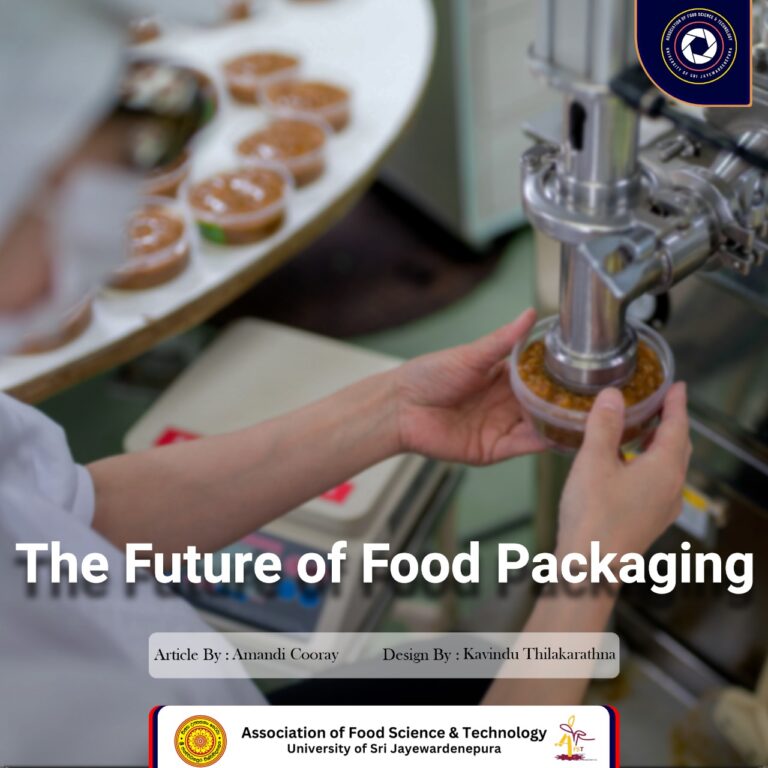
The food packaging industry is experiencing a significant transformation with the increasing global concerns about sustainability and food safety. New developments offer a variety of groundbreaking ways to extend shelf-life and enhance the quality of food products. These can be real opportunities to reduce food waste within the supply chains and to meet the market’s evolving needs.
Active and intelligent packing are smart packaging technologies, which ensure safer and higher-quality products. Active packaging uses oxygen scavengers, moisture absorbers, and antimicrobial agents to extend shelf life, while intelligent packaging uses sensors and monitoring technology to provide information about the product’s condition. NFC and QR codes enable users to access product information by scanning.
Sustainable food packaging is becoming a major trend, with biodegradable plastics and edible packaging gaining popularity. These materials offer zero-waste solutions and help reduce environmental impact. Active agents (plant extracts, nanomaterials) can enhance the mechanical and barrier properties of these sustainable packaging. Examples include aloe vera coatings for papaya and chitosan-based coatings for paperboard packaging.
Technological integrations enhance functionality and provide advanced features. Automation uses robots and software for packaging and 3D food packaging uses printing techniques for custom and innovative solutions. Novel materials like composites and nanocomposites improve barrier properties, whereas nanosensors detect bacteria, chemicals, and food deterioration by carbon nanotubes.
Minimalist and functional packaging focuses on simplicity and practicality. Key trends include using less material, multi-use packaging, ease of opening, lightweight and easy to use while being safe for food, and eco-friendly. This means it should effectively protect and preserve the product inside.
The future of food packaging is driven by sustainability, innovation, and advanced technologies like nanotechnology. This industry is moving towards eco-friendly materials and smart packaging to reduce waste and enhance food safety. By following these trends, the food packaging industry can contribute to a more sustainable planet and meet the needs of conscious consumers.
Keywords: smart packaging, scavengers, chitosan, nanocomposites, carbon nanotubes
Article By: Amandi Cooray (3rd Year)
References:
Han, J.-W., Ruiz-Garcia, L., Qian, J.-P., & Yang, X.-T. (2018). Food Packaging: A Comprehensive Review and Future Trends. Comprehensive Reviews in Food Science and Food Safety, 17(4), 860–877. https://link.springer.com/article/10.1007/s13197-015-1766-7
Singh, R., Dutt, S., Sharma, P., Sundramoorthy, A. K., Dubey, A., Singh, A., & Arya, S. (2023). Future of nanotechnology in food industry: Challenges in processing, packaging, and food safety. Global Challenges, 7(4). https://doi.org/10.1002/gch2.202200209
Versino, F., Ortega, F., Monroy, Y., Rivero, S., López, O. V., & García, M. A. (2023). Sustainable and Bio-Based Food Packaging: A review on past and current design innovations. Foods, 12(5), 1057. https://doi.org/10.3390/foods12051057
